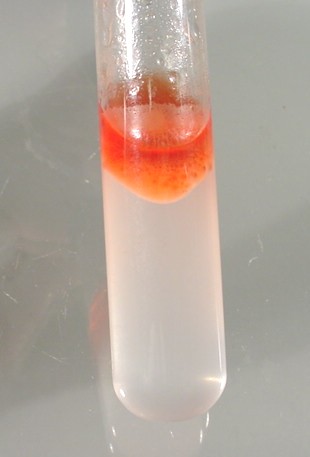
by cbrookallred | Jul 4, 2018 | Gr. 11-12 Biology, Safety
Curriculum Connection: High-school Biology I was preparing Sudan IV for a nutrient lab for grade 11 SBI3C biology. In order to use the chemical as an indicator for fats and oils, I needed to mix the Sudan IV powder with ethanol. I followed proper safety precautions...
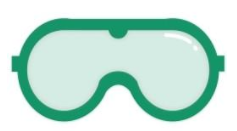
by msander | Apr 15, 2018 | All Science Teachers, Safety
Prevent Tragic Accidents with Flammable Liquids Girl in Flames Runs from School Lab Explosion! Lab Accident Sends Teacher and Students to Hospital! Teacher Charged After Experiment Goes Awry! These real news headlines have appeared as a result of accidents...

by msander | Apr 5, 2018 | All Science Teachers, Safety
Demonstrations are an effective teaching tool. Even though students may not be handling chemicals or using equipment during a demonstration, it is vitally important that instructors follow rigorous safety rules. Flinn Scientific Canada has developed a list of 20...
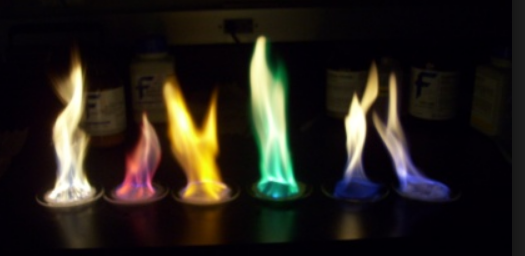
by msander | Feb 8, 2018 | Gr 9-10 Science, Gr. 11-12 Chemistry, Safety
While serious accidents causing catastrophic injury in high school science activities are rare, when they occur their human toll can be devastating. This post examines one potentially dangerous demo, its hazards and suggestions for safer alternatives. The Rainbow...
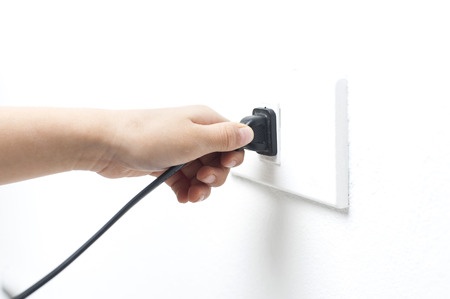
by msander | Feb 5, 2018 | All Science Teachers, Safety
Accidents involving electricity can cause shock, burns, and even death. Reviewing and following a few basic rules will help you improve electrical safety when working with hot plates, electrophoresis equipment, power supplies, Van de Graaff generators, etc. Click here...
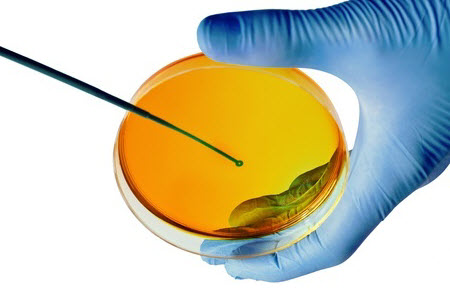
by msander | Dec 18, 2017 | Gr 9-10 Science, Gr. 11-12 Biology, Safety
Autoclave, Bleach or Biohazard Bag? Biology, microbiology and biochemistry labs may generate wastes that must be managed as potentially infectious, biohazardous or regulated medical waste. Review all guidelines and essential equipment needed for the sterilization and...








Recent Comments